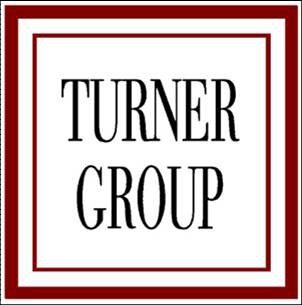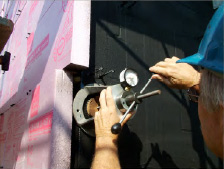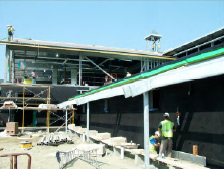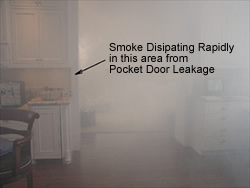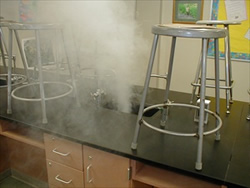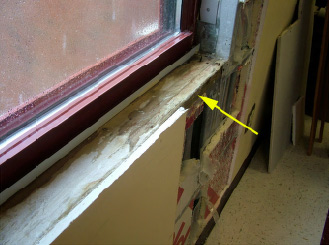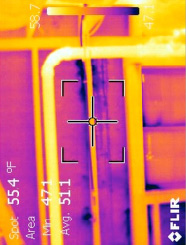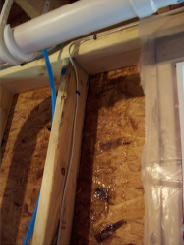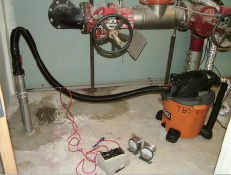An air barrier is critical to limiting air transport pathways (infiltration) into the building walls, resulting in high infiltration loads on HVAC equipment. Moisture laden air infiltrating into the building through walls, roofs and floors will result in additional cooling and heating loads, which result in increased cost of energy to maintain acceptable indoor air conditions. In addition, air movement in walls and roofs can result in envelope degradation and increased risk of mold growth. Minimizing the air movement through the building envelope components reduces the cost of HVAC equipment and operation. Some building sheathing materials are air barriers; many commonly used materials are not. Most wall and roof components require an additional membrane to become an air barrier. Many commonly used materials including uncoated concrete block (CMU), plain and asphalt impregnated fiberboard, expanded polystyrene, batt and semi-rigid fibrous insulation, perforated house-wraps, asphalt impregnated felt, 15 or 30 lb., tongue-and-groove planks, vermiculite insulation, cellulose spray-on insulation, untreated gypsum exterior sheathing, and rigid fibrous boards are not air barriers.
During construction of a building where the ABAA has a participatory role, an auditor from ABAA observes and tests the air barrier membrane (prior to completion of the wall) to help the contractor maintain a high quality membrane and to allow for corrections to the application while the air barrier is still visible and able to be repaired easily. A well-insulated air barrier system is crucial to meeting the requirements of an energy efficient building.
Similar testing and observations are recommended for all buildings, even if ABAA is not a participant in the assembly of the air barrier.
